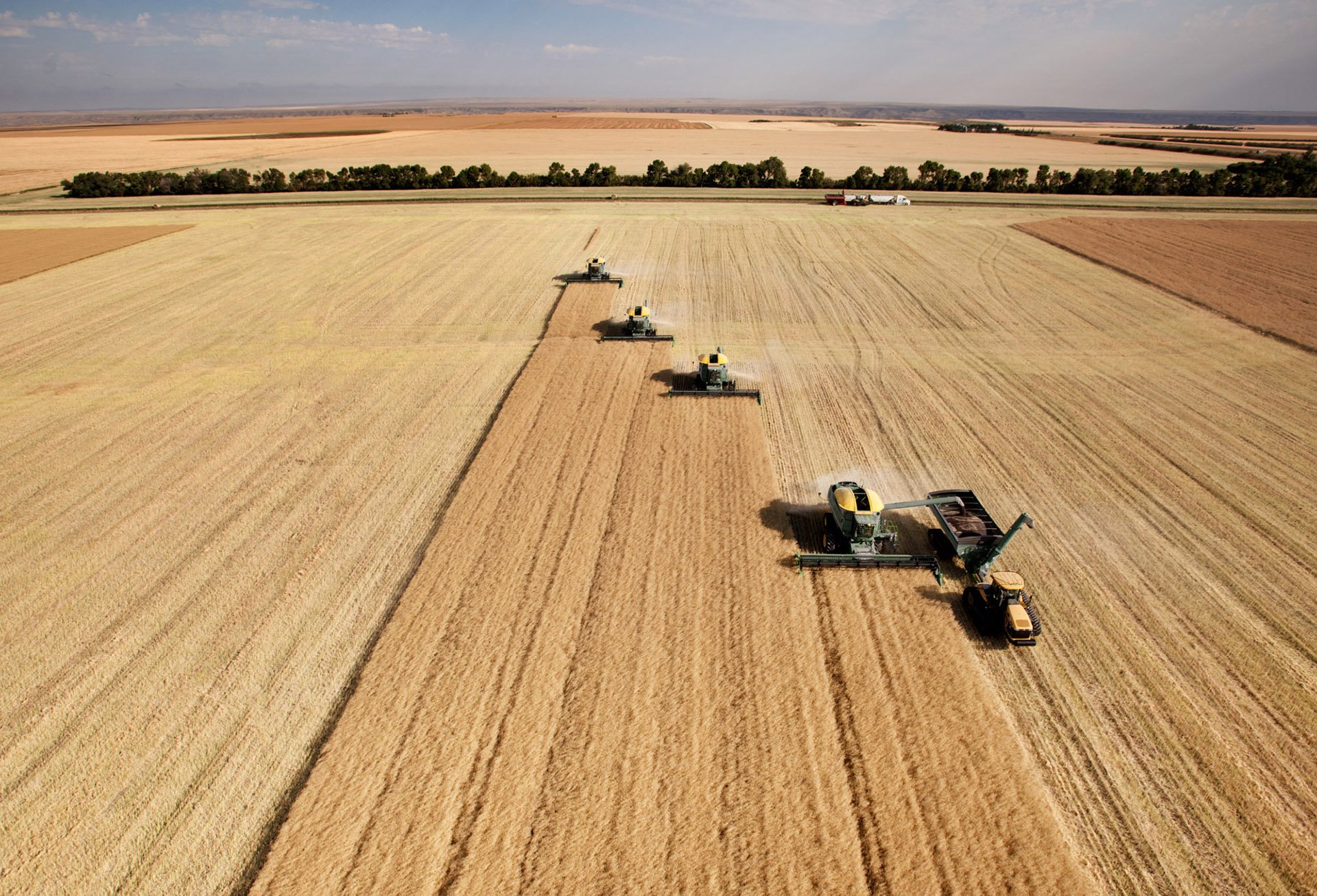In my many years of work helping farm families to enhance their businesses, I often am asked questions such as, “How can I justify paying the currently high market prices for (insert agricultural asset here) to be able to grow or maintain my operations?” or “ How are others able and willing to pay such high prices?” The use of the word “justify” makes me uneasy, as I believe such decisions should be self-evident and beneficial; although I recognize this is not always the case. However, I understand the underlying concern: “What opportunities do others see in this market while I hesitate due to perceived risks? What do they know that I do not?” It is more than a fear of missing out on opportunities; it is a creeping self-doubt that affects strategic decision-making.
In response, I would emphasize the importance of understanding an asset’s true worth. “Price” is typically straightforward to find, publicly available and repeatable. It relates to the amount of money needed to acquire a service or good, influenced by changes in supply and demand. The “value” of a good or service stems from its ability to generate output (income) for its owner – an aspect harder to define than price, but forecastable under reasonable assumptions. An asset’s “Worth” is significantly harder to define, the variance depends on the context of the analysis, the expectations, and requirements for the asset, encompassing and exceeding the considerations of price and value to include intangible values as well.
As an example, a heritage barn on a long-established farm may have a significant historical and cultural value, particularly to the family who raised and used the barn through generations, even if its market price is lower than newer structures. Similarly, an antiquated crop variety may hold a sentimental value for a farmer, influencing their decision to continue cultivating it despite the lower market demand. While each of these factors influence the others, the subjective considerations of “Worth” generate a broader range of significance of an asset between individuals who may have the same price and value in mind.
The factors influencing a subjective examination of worth are many, but to answer your own question of worth, consider:
- Your objectives – what are you trying to achieve with the purchase? How might this compliment or hinder your success, and how might it provide or limit opportunities for the future?
- Your financial standing. Compare your present financial situation, following an in-depth review and analysis, with your estimated future position once the purchase is complete. Will it provide sufficient potential for return? Will it introduce higher costs to be managed, finance expenses to be serviced, or a more efficient use of other capital such as labour? Is it reasonable to expect a profit from investing in the asset after all projected incomes and expenses are settled, and is that of importance? Can you afford the purchase yourself, or will you rely on financing partners, and are those partners in agreement with your assessments and performance expectations?
- The risks you will encounter with the uncertainties of the purchase, as you would the rewards. How volatile has the market for such items been, and what factors may be influencing it now and into the future? Do you have the capacity and support to weather unforeseen challenges, and would it introduce unpalatable risks into other aspects of the business and family?
- The intrinsic values of the asset. Are there persistent features and benefits that will retain value for its economic life? Beyond its economic life? Would others agree with that assessment, and are therefore willing to pay to acquire them, now and into tomorrow?
- How replaceable and unique is the asset? Are there substitutions, and do they make a fair comparison on “value”? Appraisal experts may help better gauge this with you.
- What other uses may the asset have, or other users to whom it may appeal? Can it easily be repurposed to suit another need, and may it reveal further opportunities for you, should you wish to pursue it?
- The intangibles it may provide. Is there something about ownership that satisfies an emotional or cultural need that you may have, and what that significance may be worth, forgiving the price you would need to pay?
- Finally, consider a third-party review and assessment of these factors, removed from any emotion, legacy expectations, or competitive interest. This will help you to understand how much of your own bias may be influencing worth, perhaps even quantifying the premium or discount your own subjective considerations bring to the decision. Ideally, this process would help bring valuable insights into maximizing the value of your investments, strengthening the arguments in support of your decision-making, bringing you peace-of-mind.
Because each of these factors would be different for you than for me, how we each determine the price we are willing to pay for a good could vary significantly, particularly as that asset grows in scale and value. If we limit our decision making to only a few of these factors, we hazard making the least-effective choice – one that may threaten what we aim to achieve with our businesses. Hence, we may hesitate to make any such decision at all. However, by thoroughly considering not only the price and value but also the broader implications of an asset’s worth, farm families can confidently evaluate their options, whether those entails making an investment, exploring alternatives, or even choosing to opt-out, all in alignment with their strategic direction.
Blake Copley is a farm management consultant with Backswath Management Inc. He can be reached at 825-712-7684 or



